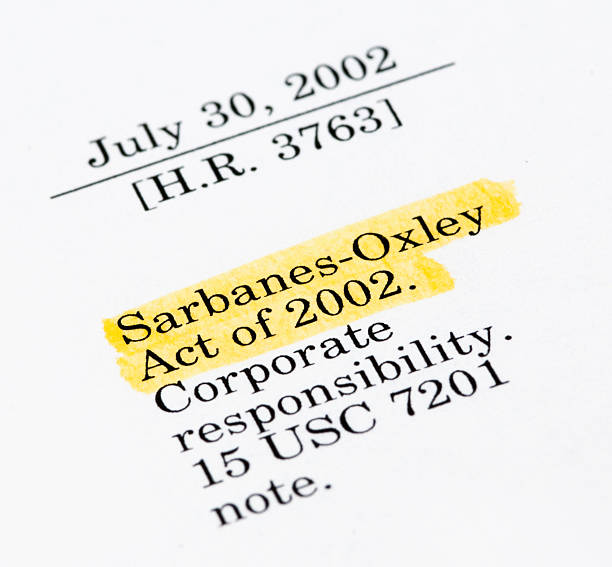Steps to Strengthen Institutional Accountability and Oversight
Strengthening institutional accountability depends on coherent governance, clear legislation, and accessible oversight mechanisms. This article summarizes practical steps public institutions can take to improve transparency, enforcement, and civic engagement while safeguarding statutory rights and efficient administration.

Effective institutional accountability relies on clear procedures, statutory protections, and independent oversight across branches of government. Strengthening these mechanisms improves enforcement of rights, supports transparent administration, and enables civic oversight of public sector performance through structured compliance, regular adjudication, and accessible reporting that citizens and stakeholders can use to evaluate outcomes.
How can governance frameworks be modernized?
Modernizing governance starts with mapping institutional mandates and removing overlaps that create ambiguity in responsibility. Revisions to governance structures should set measurable objectives, align policy and administration, and require routine independent reviews to assess effectiveness. Strengthening internal controls and clarifying lines of authority between central and local units helps reduce discretion that can undermine accountability. Embedding governance reforms into statutes or formal regulations ensures changes are durable and subject to oversight, while performance indicators make it easier to evaluate whether administrative reforms achieve intended publicsector outcomes.
What role do legislation and regulation play?
Legislation establishes the legal foundation for rights and remedies, while regulation operationalizes legal principles into procedural rules for agencies. High-quality statutes clearly define powers, duties, and enforcement mechanisms; regulations provide the procedural detail needed for consistent compliance. Periodic legislative review processes can identify obsolete provisions and adapt laws to changing administrative realities. Regulatory transparency—notice-and-comment rulemaking, public guidance, and accessible plain-language procedures—helps stakeholders understand obligations and reduces ambiguity that can hinder enforcement and adjudication.
How to strengthen transparency and public sector oversight?
Transparency enables meaningful oversight when information on budgets, procurement, and administrative decisions is accessible and timely. Implementing open-data standards, public reporting portals, and standardized performance metrics allows auditors, civil society, and journalists to analyze institutional conduct. Whistleblower protections and clear channels for reporting misconduct increase the likelihood that problems are surfaced. Independent audit institutions and inspectorates should publish findings in formats that non-specialists can interpret, supporting civic engagement and enabling targeted enforcement actions where gaps in compliance are identified.
How can judiciary and adjudication support accountability?
An impartial judiciary is central to enforcing statutory rights and reviewing administrative action. Courts and administrative tribunals need clear jurisdictional mandates and procedural rules that ensure timely adjudication. Access to evidence, reasoned judgments, and predictable timelines strengthen legal remedies and deter misconduct. Complementary mechanisms—such as ombudsman offices and administrative appeals—provide additional routes for redress and can relieve court caseloads. Ensuring that adjudication outcomes are implemented and that enforcement mechanisms exist to carry out remedies is essential for judicial decisions to have practical impact.
How to reduce bureaucracy via decentralization and compliance?
Decentralization can improve service delivery when paired with strong compliance frameworks and capacity building. Delegated authorities should operate with standardized procedures, reporting obligations, and internal controls to ensure consistent application of policy across regions. Simplifying administrative processes and reducing unnecessary procedural steps lowers opportunities for discretionary behavior and abuse. Regular training, audits, and performance reviews in decentralized units help sustain compliance with national regulations while allowing administrative flexibility to respond to local needs and improve accountability in day-to-day public administration.
How to reinforce civic engagement and statutory rights?
Meaningful civic engagement strengthens oversight when citizens and civil society are invited into policy development and review processes. Public consultations, participatory budgeting, and stakeholder advisory panels increase transparency and help align policy with community needs. Protecting statutory rights such as freedom of information, association, and access to justice creates the space for independent monitoring and advocacy. Public education on rights and administrative procedures empowers people to seek remedies, participate in oversight, and demand enforcement when institutions fall short of legal or performance standards.
Institutional accountability is a system property: durable gains come from aligning governance, legislation, regulation, and enforcement with transparent procedures and civic participation. Combining clear statutory mandates with practical compliance tools, independent review bodies, efficient adjudication, and active civic engagement helps ensure that administration is responsive and that statutory rights are effectively protected. Sustained oversight requires continual evaluation and adaptation so institutions remain accountable as public needs and policy environments evolve.





